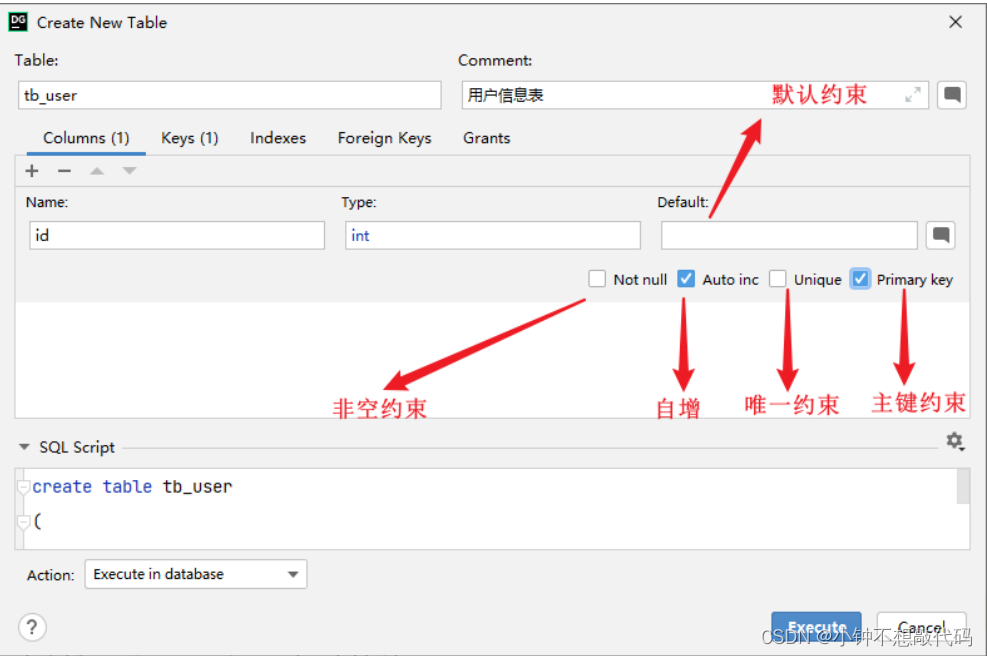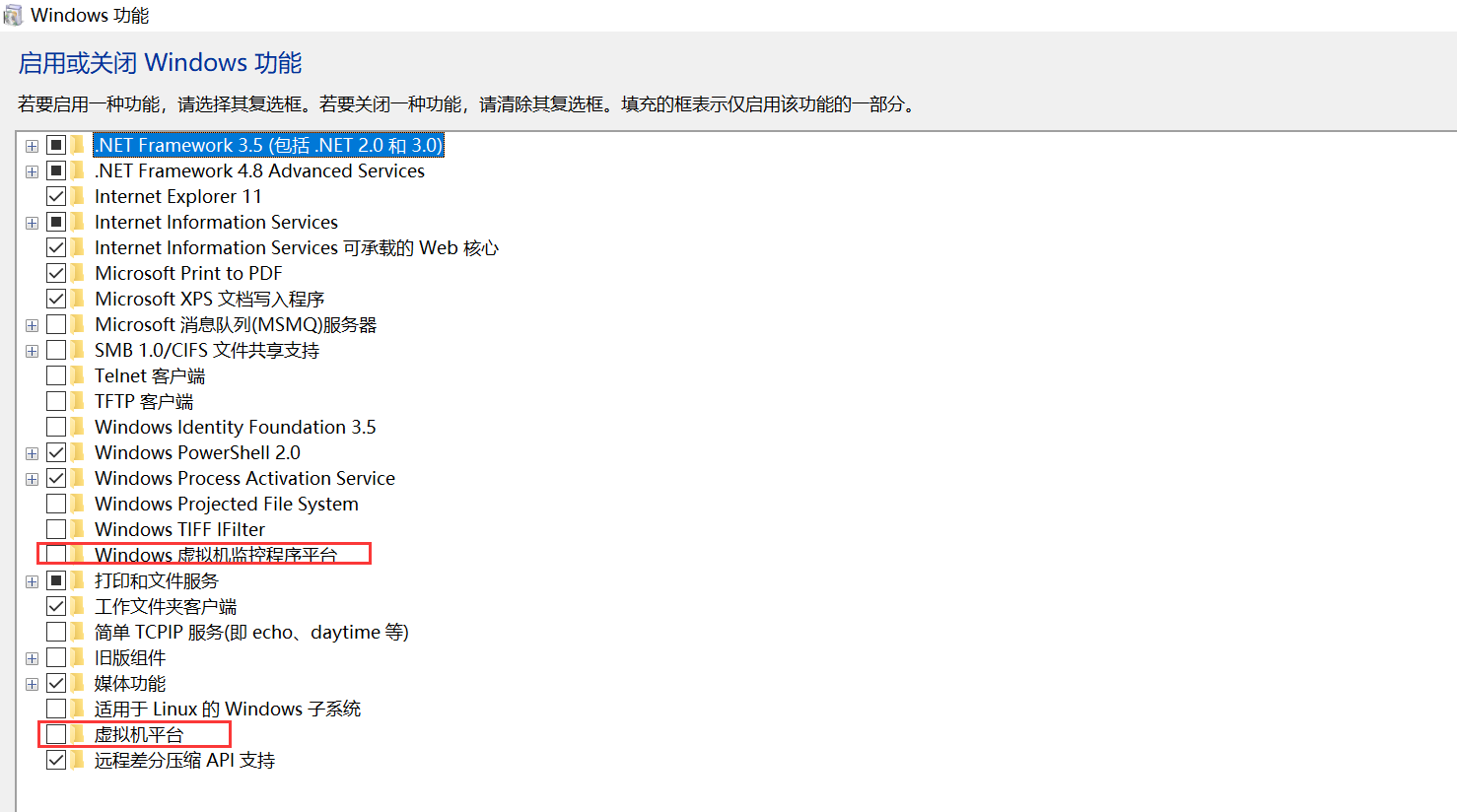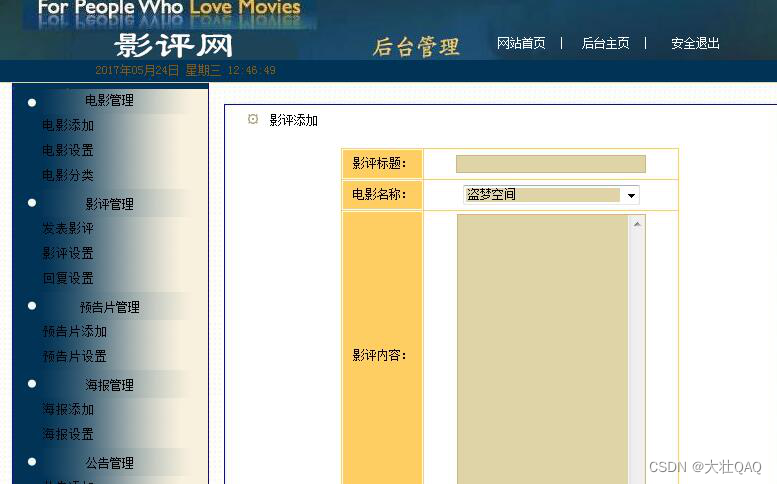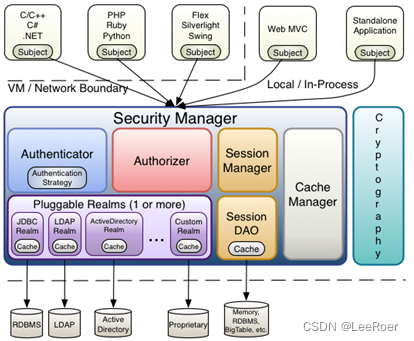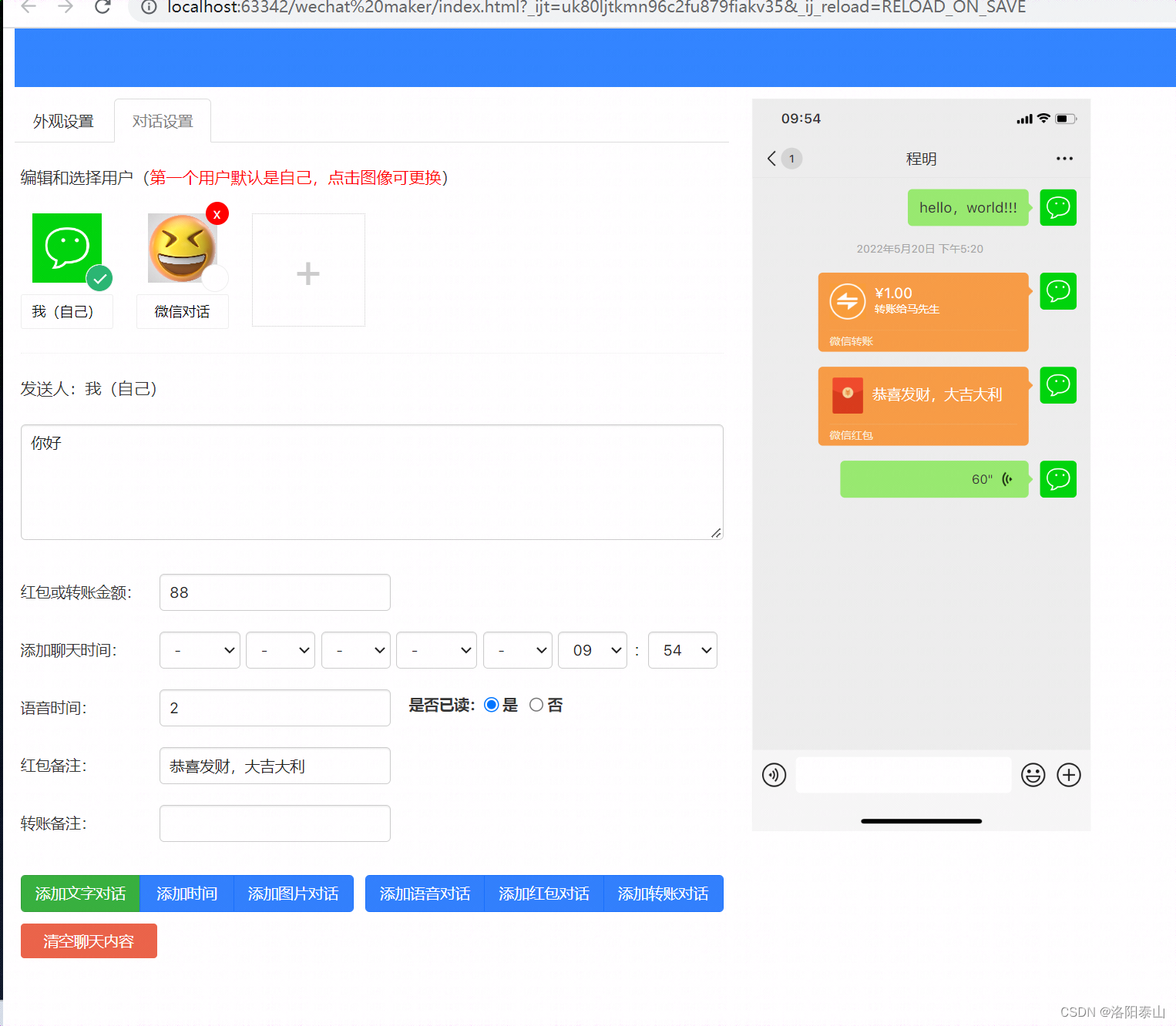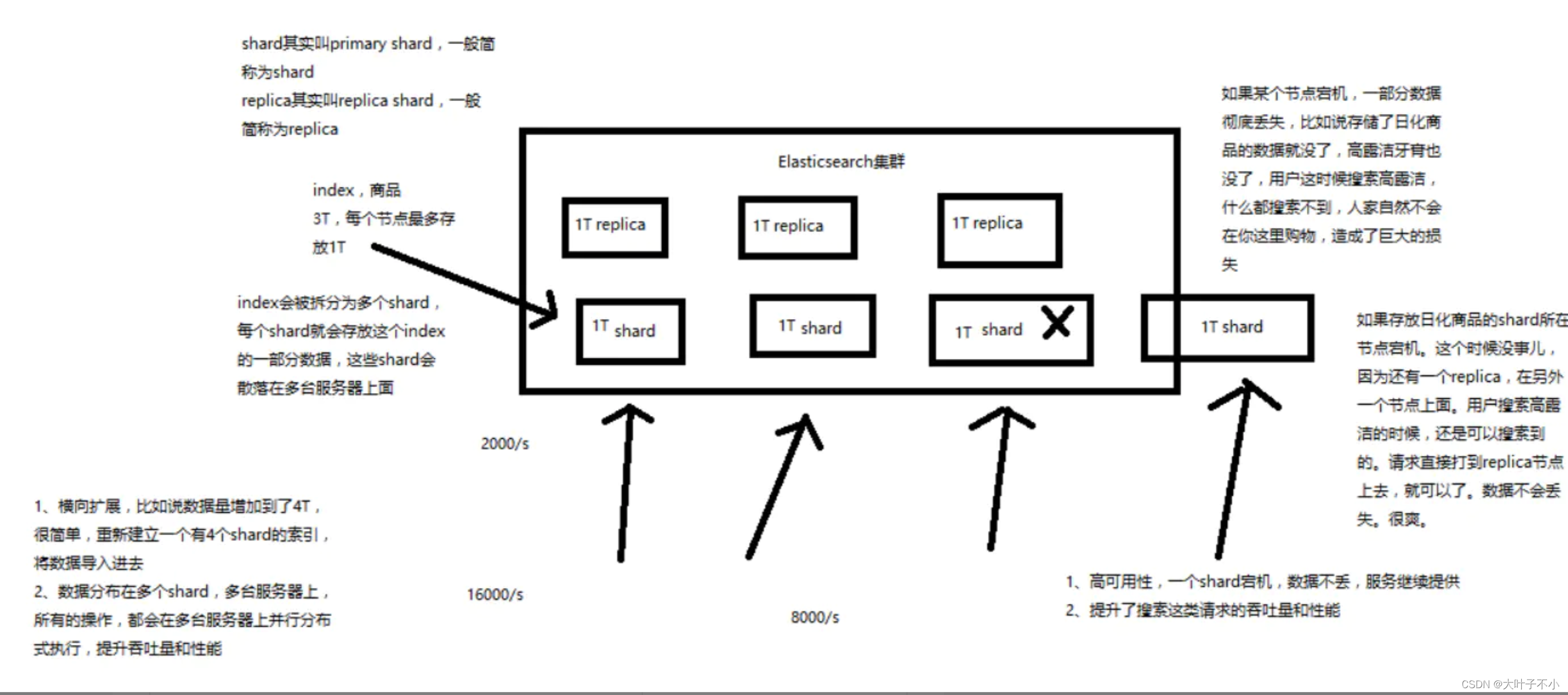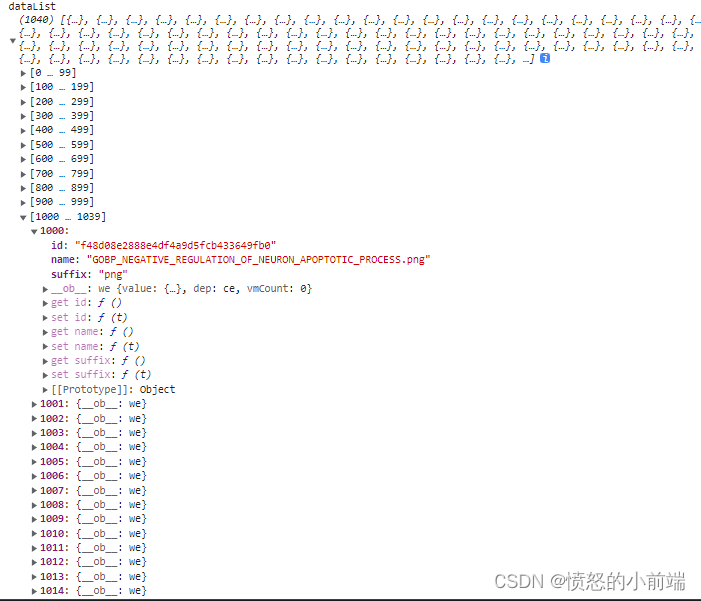java.nio.ByteBuffer是一个可以进行缓冲区分配、读取和写入的缓冲区,其持有一个字节数组,并通过4个属性:capacity、limit、position、mark来管理缓冲区,进行字节级别读取和数据写入。基于此,ByteBuffer常被用来处理网络协议和I/O操作。
一、使用举例
以下为ByteBuffer的使用举例:
- 可以使用
put()方法将数据写入缓冲区; - 可以使用
flip()方法切换缓冲区为读取模式; - 可以使用
rewind()方法倒回缓冲区的初始位置; - 可以使用
get()方法读取缓冲区中的数据; - 可以使用
clear()方法清空缓冲区,以便再次写入数据。
import java.nio.ByteBuffer;
public class JavaTest {
public static void main(String[] args)
{
System.out.println("~~~~~~~~ put(byte b) ~~~~~~~~");
// 分配一个5字节的buffer
ByteBuffer byteBuffer = ByteBuffer.allocate(5);
// 向buffer中添加两个字节的数据,空余3个字节数据
byteBuffer.put((byte)10);
byteBuffer.put((byte)20);
// 输出整个字节数组
printByteBuffer(byteBuffer);
System.out.println("~~~~~~~~ flip() ~~~~~~~~");
// 转为读模式
byteBuffer.flip();
// 输出整个字节数组
printByteBuffer(byteBuffer);
System.out.println("~~~~~~~~ get() ~~~~~~~~");
// 读取当前 position
System.out.println(byteBuffer.get());
// 输出整个字节数组
printByteBuffer(byteBuffer);
System.out.println("~~~~~~~~ rewind() ~~~~~~~~");
// 倒回缓冲区的初始位置
byteBuffer.rewind();
printByteBuffer(byteBuffer);
System.out.println("~~~~~~~~ get(byte[] dst, int offset, int length) ~~~~~~~~");
// 将buffer中数据写入到dstBytes中
byte[] dstBytes = new byte[2];
byteBuffer.get(dstBytes, 0, dstBytes.length);
printByteBuffer(byteBuffer);
}
public static void printByteBuffer(ByteBuffer byteBuffer) {
byte[] bytes = byteBuffer.array();
int position = byteBuffer.position();
int limit = byteBuffer.limit();
int remining = byteBuffer.remaining();
System.out.println("byteBuffer: "
+ Arrays.toString(bytes)
+ "\nPosition: " + position
+ " Limit: " + limit
+ " Remining: " + remining);
}
}
控制台输出如下:
~~~~~~~~ put(byte b) ~~~~~~~~
byteBuffer: [10, 20, 0, 0, 0]
Position: 2 Limit: 5 Remining: 3
~~~~~~~~ flip() ~~~~~~~~
byteBuffer: [10, 20, 0, 0, 0]
Position: 0 Limit: 2 Remining: 2
~~~~~~~~ get() ~~~~~~~~
10
byteBuffer: [10, 20, 0, 0, 0]
Position: 1 Limit: 2 Remining: 1
~~~~~~~~ rewind() ~~~~~~~~
byteBuffer: [10, 20, 0, 0, 0]
Position: 0 Limit: 2 Remining: 2
~~~~~~~~ get(byte[] dst, int offset, int length) ~~~~~~~~
byteBuffer: [10, 20, 0, 0, 0]
Position: 2 Limit: 2 Remining: 0
二、原理简析
前边说过ByteBuffer持有一个字节数组,并通过4个属性:capacity、limit、position、mark来管理缓冲区,这4个属性遵循mark <= position <= limit <= capacity,下表格是对着4个属性的解释:
| 属性 | 描述 |
|---|---|
| Capacity | 容量,即可以容纳的最大数据量 |
| Limit | 缓冲区的当前终点,不能对缓冲区超过极限的位置进行读写操作 |
| Position | 下一个要被读或写的元素的索引 |
| Mark | 标记。可调用mark()设置标记(mark=position),然后调用reset()让position恢复到标记的位置 |
初始化,各控制属性状态:
例如调用ByteBuffer byteBuffer = ByteBuffer.allocate(5);进行ByteBuffer存储空间分配,各属性见下图所示:

写入数据后,各控制控制属性状态:
例如调用byteBuffer.put((byte)'a')写入数据后,各属性见下图所示:

读取数据后,各控制控制属性状态:
例如调用byteBuffer.get()读取4个字节后,各属性见下图所示:

